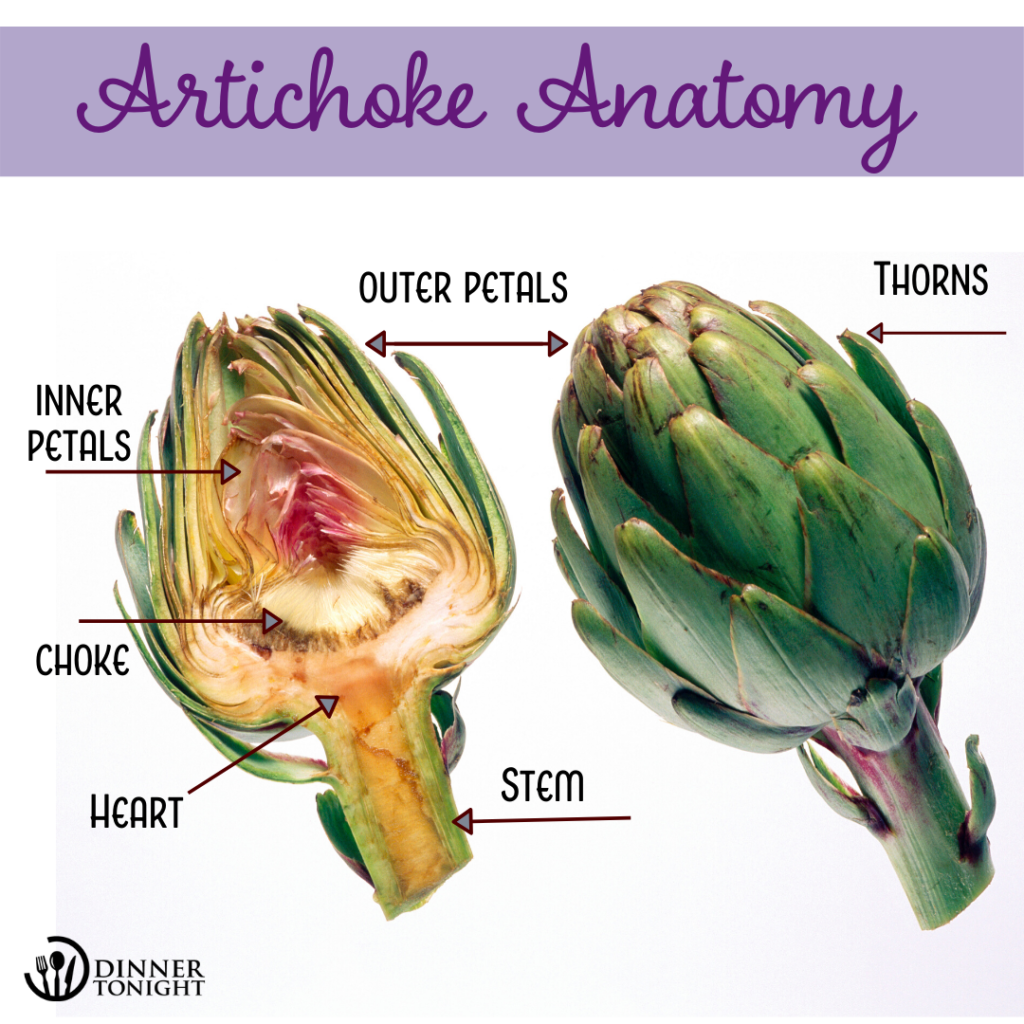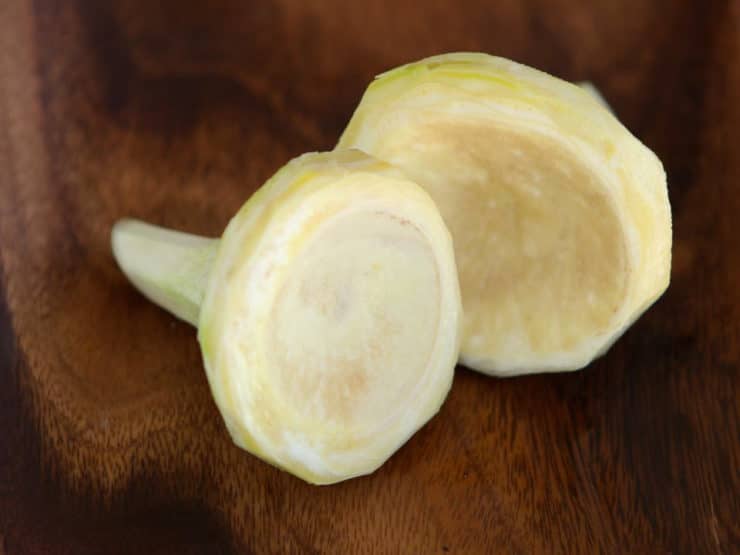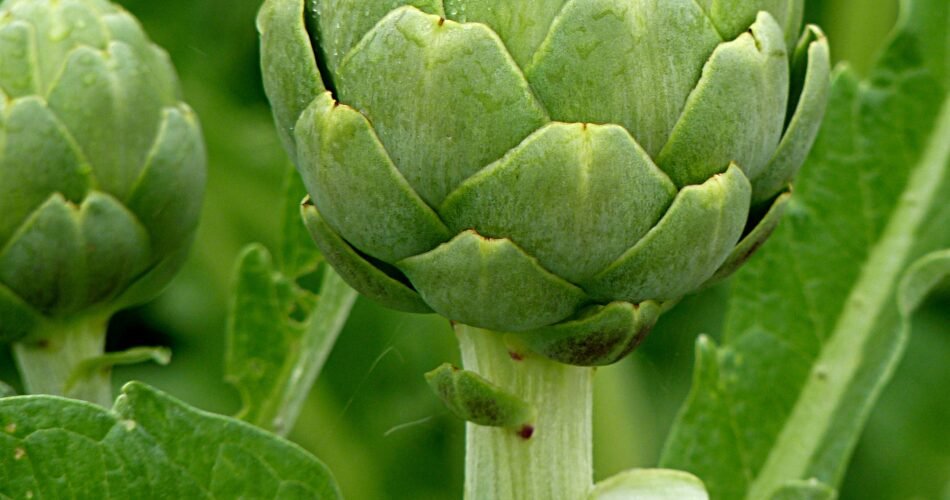What does Artichoke taste like? This question might arise in the mind of someone who’s never experienced this unique vegetable. Artichokes are an ancient food, and with their peculiar appearance, they pique the curiosity of many food enthusiasts. Let’s delve into the world of artichokes to extract the real facts about their flavor profile and culinary uses.
What Does Artichoke Taste Like? The Answer
Imagine a subtle blend of nutty, sweet, and earthy flavors with a soft, yet slightly fibrous texture—that is the essence of an artichoke. If you’re a child trying this intriguing vegetable for the first time, think of it as a gentle cross between asparagus and brussels sprouts, with a hint of green, unripe walnuts. The heart of the artichoke, which is the most coveted part, is creamy and has a richer taste, often compared to the savoriness of a boiled potato, but with more depth.
People often wonder what artichokes taste like because their appearance is quite deceptive. Unlike the more common vegetables like carrots or tomatoes, artichokes have a unique shape and are not immediately intuitive on how to eat. The edible portions are hidden within the tough outer leaves and the artichoke heart, which lies at the base, making it a bit of a culinary adventure to even get to the good parts. This mystery surrounding artichokes fuels the curiosity about their flavor.

Variations in Taste of Artichoke
The flavor of artichokes can vary based on the region they are grown in and the condition of the soil. For instance, artichokes from the Mediterranean, where they are a staple, tend to have a more intense, nuttier flavor due to the ideal growing conditions provided by the climate and soil composition. Conversely, those grown in cooler climates might have a milder taste. It’s not just ‘terroir’ that affects their flavor; farming practices can also play a significant role.
Seasonal variations can also influence what an artichoke tastes like. Artichokes harvested in the peak spring season are generally more tender and flavorful, while those picked in other times might be a bit tougher and less flavorful. The age of an artichoke affects its taste, too; baby artichokes are sweeter and less fibrous than mature ones. This delicate balance of flavor can be affected by elements like climate change, affecting texture and quality, hence taste.
Nutritional Benefits of Artichoke & Impact on Taste
Artichokes are more than just a tasty treat; they’re a powerhouse of nutrition, packed with fiber, vitamins, minerals, and antioxidants. They have been linked to improving digestive health, aiding in lowering blood sugar levels, and even possibly contributing to heart health and liver function. Their high fiber content makes them quite satisfying and may aid in weight management.
These health aspects may not directly influence the basic taste of artichokes, but they certainly contribute to the overall eating experience. Knowing that artichokes are beneficial can make them taste better, as the psychological effect of eating something nutritious can enhance your perception of its flavor. Plus, the presence of certain phytonutrients can sometimes add subtle nuances to the taste.

Artichoke in Culinary Uses
Artichokes are incredibly versatile in the kitchen. They can be steamed, boiled, grilled, roasted, or sautéed. Globally loved recipes include the classic Italian ‘Carciofi alla Romana’, the French ‘barigoule’, or even the simple yet delicious artichoke dip. Moreover, artichokes are sometimes preserved in oil or marinated, which can enhance and alter their inherent flavor, giving them a tangy or zesty profile.
The robust yet non-overwhelming taste of artichokes allows them to pair beautifully with a variety of ingredients. They complement creamy sauces, stand up to strong cheeses like Parmesan, and work well with garlic, lemon, and herbs such as thyme and rosemary. The earthy sweetness of artichokes can also balance the saltiness of cured meats, making them a popular addition to charcuterie boards.
:max_bytes(150000):strip_icc()/artichokeswhole-5a161a7996f7d00019cf38b7.jpg)
Acquiring and Preparing Artichoke
When looking for artichokes in your local supermarket or farmers’ market, choose ones that have tight, compact leaves and feel heavy for their size. Fresh artichokes should have a healthy green color, with no large brown spots. They can be stored in a plastic bag in the fridge for several days before preparation. Cleaning and cooking artichokes are processes that require some effort, but the unique experience of enjoying their rich taste makes it worth it.
Preparing artichokes for cooking usually involves removing the tough outer leaves, trimming the tops, and cutting off the stems. Cooking them with a touch of lemon in the water can help prevent browning and add a fresh flavor, while pairing artichokes with complementary flavors such as butter, garlic, or a dash of good quality olive oil can highlight their complex taste.

Final Words
So, what does artichoke taste like? It’s a confluence of mild sweetness, nutty undertones, and a pleasant earthiness that makes it a unique vegetable worthy of exploration. While the taste can vary slightly depending on the artichoke’s maturity, preparation, and origin, its ability to delight the palate remains constant. Artichokes may be a little intimidating at first glance, but those willing to probe deeper into this thistle-like treasure will be rewarded with a culinary delight that is as nutritious as it is delicious.

